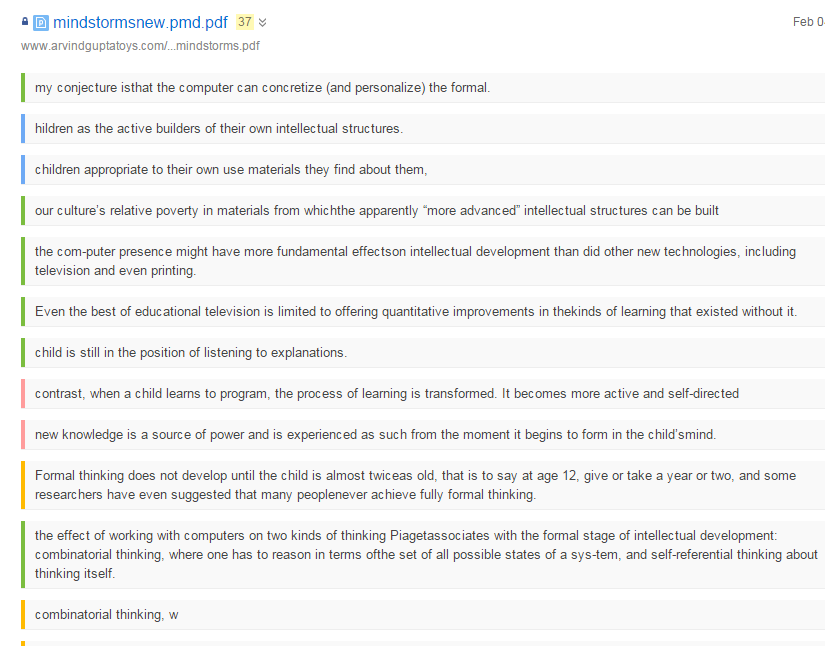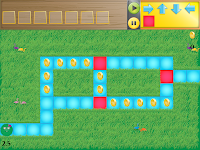Here is my latest creation.
Makey-Makey Balloon Pop is an arcade-style video game. I programmed it to use with a custom controller that I constructed from materials that I had around the house--thick, curved copper strips, retail display pins, Sculpey and Legos!
 |

General Description
You are at one end of a long 3-D hallway commanding three bunkers of missiles guarding against marauding balloons that will end your video game life! The balloons advance up the tunnel and can only be shot by certain banks of missiles as they move over them. As the balloons advance and grow in size, you have to use the missile banks closer and closer to you and then, YOU LOSE!!!.
Program notes and challenges
I spent about 2 hours putting the custom controller together (you can play without it--just use A, S, and D) and about ten hours on the Scratch code. Several intricate calculations and tricks were needed to maximize the 3-D tunnel effect and the movement of the objects. I deconstructed the 3-D Tunnel background that Scratch provides, and created cropped versions of several different sections of the original to simulate the sections moving towards the front of the screen, I had to scale the range of each missile bank, as well as adjusting the size and the speed at which each bank's missiles move.
After initial gameplay trials, I added to the code so that when one missile bank fires, the others go on a delay, avoiding the "button-mashing" effect of shooting them all all at once throughout the game. I also made it so that the smallest, 'farthest' missile banks score the most points to encourage the tough shots.
It was also a challenge to make the balloons "advance" down the tunnel without appearing to defy the laws of perspective or impaling themselves on the missiles as they go over them. The missiles give the appearance of being far below, but of course are not, they are in contact many times over the course of gameplay.
I created several costumes of the same balloon with progressively larger sizes to create the illusion of the balloons growing in the eye as they get closer to the front of the screen. Each bank of missiles is tipped with a different color, and each costume or "size" balloon can only be popped by the appropriate bank of missiles according to its advance down the tunnel. I also had to play around with layers a lot to make the right objects appear to be in front of or behind other objects, depending on where they are in the tunnel relative to each other.
Unfortunately, for reasons that I cannot explain, the game plays slightly differently in the "maker mode" than it does on either the Project Page or the Full Screen version. That is unfortunate, because in the maker space, everything works well, while in the other, more public spaces, the game is not proportioned correctly.
When it works, the balloons appear to be right over or coming up to the missiles when they get hit and are popped, but in public play, they appear to be past them when they pop. I am not sure how to correct this, but ultimately I am happy with the Maker Space version. If you play it, you should use the "See Inside" button and play from in there. Still needs some good in-game music and whatever else you can think of.
Reviews
awesomeness8888 commented on your project Makey Makey Ballo... : "this is hard! good job" 7:01 p.m.
Not only do I like the game a lot, I have one "like" message and one follower now
(unless one of my classmates is "TheGuy19"). In any case, I was surprised to cross that line into something that I was actually entertained by playing, and that I keep going back to to add features.














